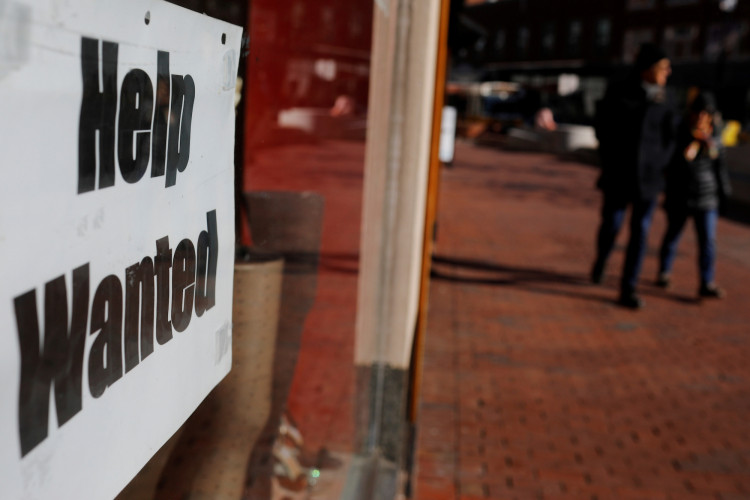The U.S. labor market shows signs of a gradual slowdown as weekly jobless claims rise, reflecting a cooling in employment momentum. This trend, combined with easing inflation pressures, keeps the Federal Reserve on track to potentially start cutting interest rates later this year.
Last week, first-time applications for U.S. unemployment benefits increased modestly. According to the Labor Department, initial claims for state unemployment benefits rose by 4,000 to a seasonally adjusted 238,000 for the week ending June 29. This figure marks the highest weekly increase since January, highlighting the evolving dynamics in the labor market. The total number of people on jobless rolls also climbed to a two-and-a-half-year high towards the end of June, indicating that it is becoming harder for some to find new employment.
"The labor market is still historically strong, but not quite as strong as it was in 2022 and early 2023," said Gus Faucher, chief economist at PNC Financial. This sentiment reflects the gradual shift in the labor market dynamics as the economy continues to navigate post-pandemic challenges and inflationary pressures.
The recent data aligns with the Federal Reserve's assessment of the economy's "disinflationary path," as noted by Fed Chair Jerome Powell. However, Powell emphasized that policymakers need more data before making any decisions on cutting rates. "We need to be more confident that inflation is moving sustainably down toward our 2% target before we start loosening policy," he stated.
Economists had anticipated the jobless claims to come in at 235,000, making the actual figure slightly higher than expected. Unadjusted claims saw a notable increase of 13,049 to 238,149, with significant jumps reported in states like New York, California, New Jersey, and Michigan. These increases offset declines in states such as Connecticut and Maryland.
Despite the rise in jobless claims, other labor market indicators remain relatively strong. The ADP Employment report showed private payrolls increased by 150,000 jobs in June, a slight decrease from the 157,000 added in May. While this figure was below the anticipated 160,000, it still reflects a steady, albeit slower, job growth trend.
The Federal Reserve has maintained its benchmark overnight interest rate in the 5.25%-5.50% range since last July. Since 2022, the Fed has raised its policy rate by 525 basis points in an effort to combat inflation. The current labor market data and inflation trends suggest that the Fed's rate-hiking campaign may be nearing its end, with financial markets hopeful for a rate cut potentially starting in September.
Continuing claims, which represent the number of people receiving benefits after an initial week of aid, rose by 26,000 to a seasonally adjusted 1.858 million during the week ending June 22. This marks the highest level since late November 2021. The increase in continuing claims has been influenced by policy changes, such as a new provision in Minnesota allowing non-teaching educational staff to file for unemployment benefits during the summer break.
In addition to the jobless claims data, the Challenger, Gray & Christmas report indicated that U.S.-based employers announced 48,786 job cuts in June, down 23.6% from May but still 19.8% higher compared to June last year. This suggests that while layoffs are occurring, the pace has moderated somewhat.
Looking ahead, the government is expected to report that nonfarm payrolls increased by 190,000 jobs in June, down from the 272,000 added in May. The unemployment rate is forecast to remain unchanged at 4.0%.
Economists and policymakers will closely monitor these developments as they assess the overall health of the labor market and the broader economy. "The data bear watching for signals about a more material weakening in the labor market going forward, which will have implications for Fed policy," said Rubeela Farooqi, chief U.S. economist at High Frequency Economics.






